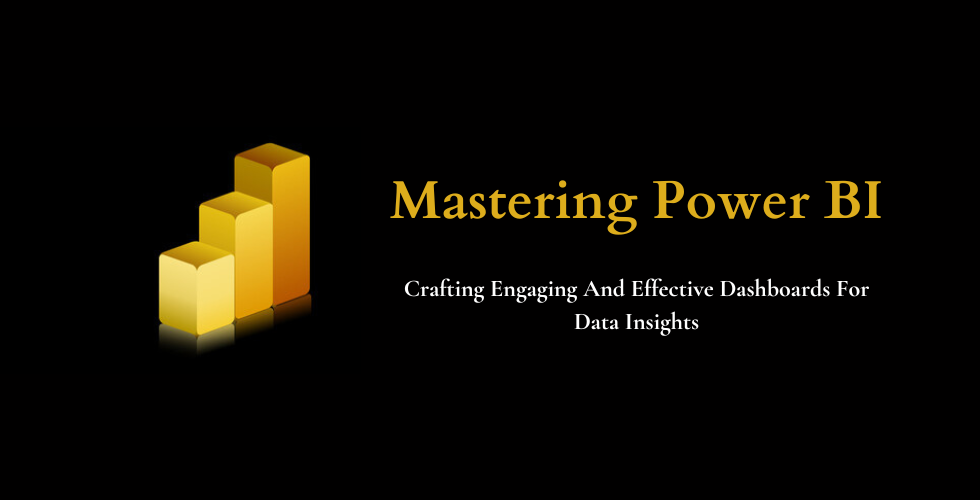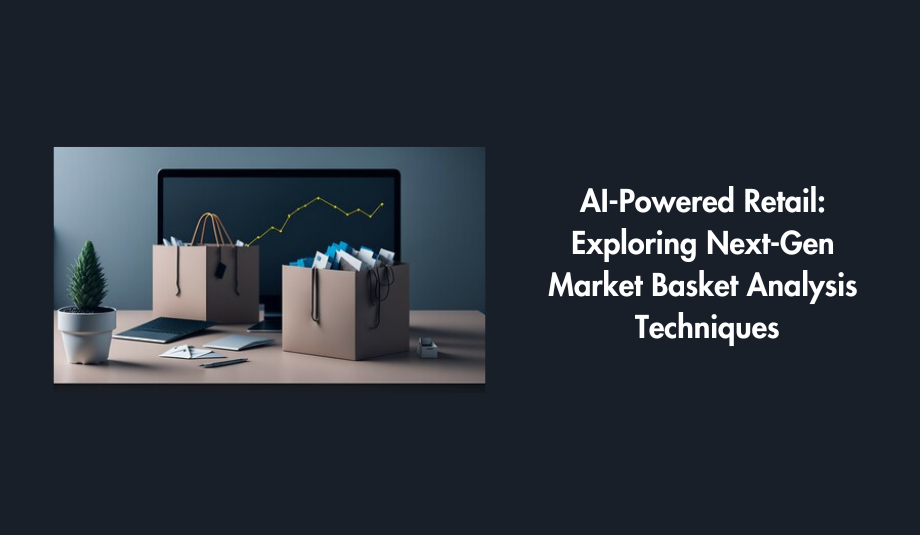Data visualization: what it is, and why it matters

Presenting data and information in a visual manner is known as "data visualization." The human brain processes visual data more quickly, making it easier to identify trends and understand patterns. Data visualization particularly organizes data to show it in contexts where our brains can understand it most effectively. It acts as the key mediator between humans and this incredibly challenging data. By doing this data visualization, we fully realize the potential of "advanced analytics," which is likely to drive the growth of technology. In this blog, let us discuss data visualization and how it is being used.
What is Data visualization
Data visualization is the visual and graphical presentation of data. It enables executives and decision-makers to see analytics displayed visually so they can understand challenging ideas or find innovative patterns. Using interactive visualization, you can improve your idea by leveraging technology to dig deeper into graphs and charts for more details, allowing you to change the data you see and how it is processed.
Why is data visualization important
Using visual data, data visualization offers a fast and effective method to convey information to all groups. Additionally, this procedure can help companies determine the factors that affect market trends, identify areas that require improvement or additional attention, make data more interesting for decision-makers, select the best time and place to sell particular products, and forecast sales volumes.
How data visualization is used
Decision-making
Data visualization is also used in decision-making methodologies. Businesses can now identify different patterns more efficiently, enabling them to make clear evaluations of vast amounts of data and draw conclusions from them. This is the most effective method for analyzing the data.
Analyzing the market
With data visualization, we can analyze the market. It will provide a clear understanding of where we should pay closer attention, areas where we're lagging behind, and everything else. The visualizations and charts provide a clear view of the market opportunities.
Relationships and patterns
When data is shown visually, even the most complex information will begin to make sense. Without data visualization, it is difficult to determine the relationship between the elements. Businesses can gain knowledge of where to focus on achieving goals by analyzing these patterns and their relationships.
Trends
In data visualization, trends are the most important application. No predictions can be made without knowledge of the past and present. Trends over time will demonstrate where we are right now, and from this pattern, we can predict where we might go.
Examples of data visualization
Making data into a table, bar diagram, or pie chart using a spreadsheet in Microsoft Excel was the most widely used data visualization technique in the beginning. While traditional visualization methods are still frequently employed, more powerful methods are now available, for example :
- infographics
- inflated clouds
- Bullet diagrams
- heat map
- Fever charts
- time-series charts
Here are some various techniques shown below
Line charts: Line diagrams are one of the most fundamental and widely used methods. Line diagrams show the potential growth of variables.
Area charts: It is a graph that integrates a line chart and a bar graph to visualize changes in volumes over time. In this, data points are marked and joined by line segments, which is equivalent to a line graph.
Scatter plots: This method illustrates the connection between two variables. In a scatter plot, data points are represented by dots on the x and y axes.
Treemaps. This technique presents hierarchical data in a nested fashion. The size of the rectangles used for each category is directly proportional to its overall percentage. When several categories are involved, treemaps are used.
Population pyramids. This method uses a stacked bar graph to show the complex and dynamic history of a population. It works well when trying to demonstrate a population's range.
Conclusion
From the abovementioned, we can clearly see how important data visualization is to an organization, as well as its potential benefits and different methods of developing a visual format. We cannot process any long-term operations without this data visualization in analytics. Hence, data visualization can be used in any industry or profession. Since human minds cannot properly understand the vast amount of raw data just by seeing it, data visualization is necessary.Data visualization serves as a link between actionable insights and effective business strategy. The perfect visuals at the perfect time can transform your business.




